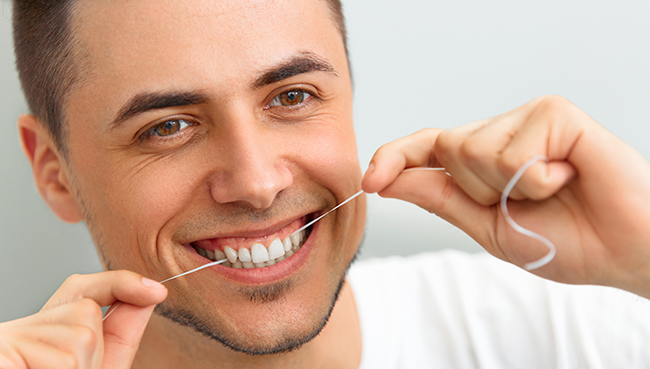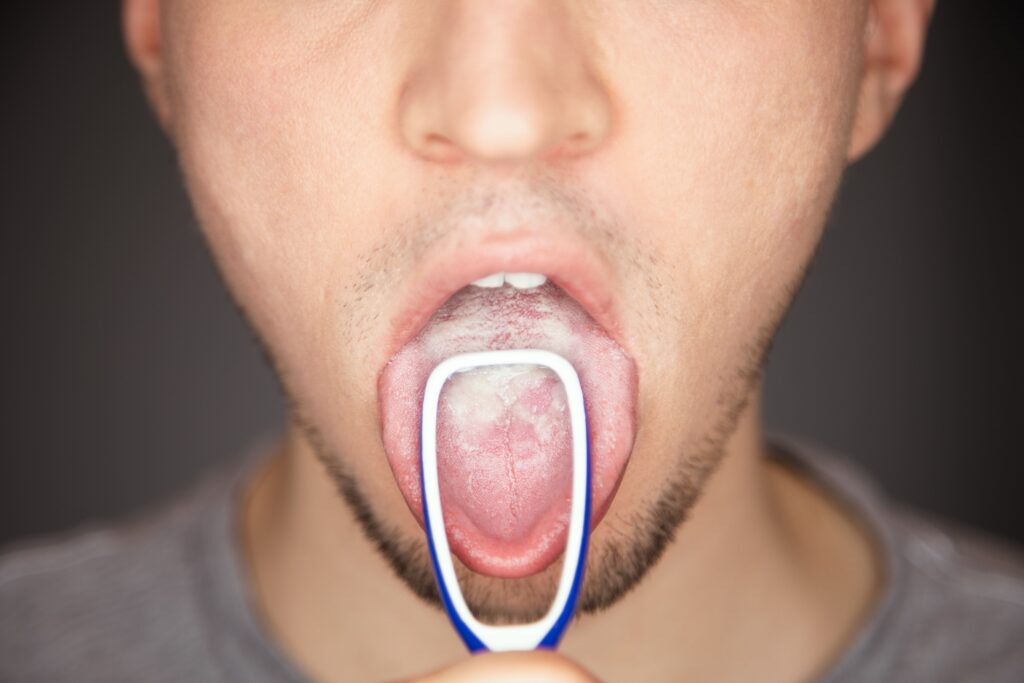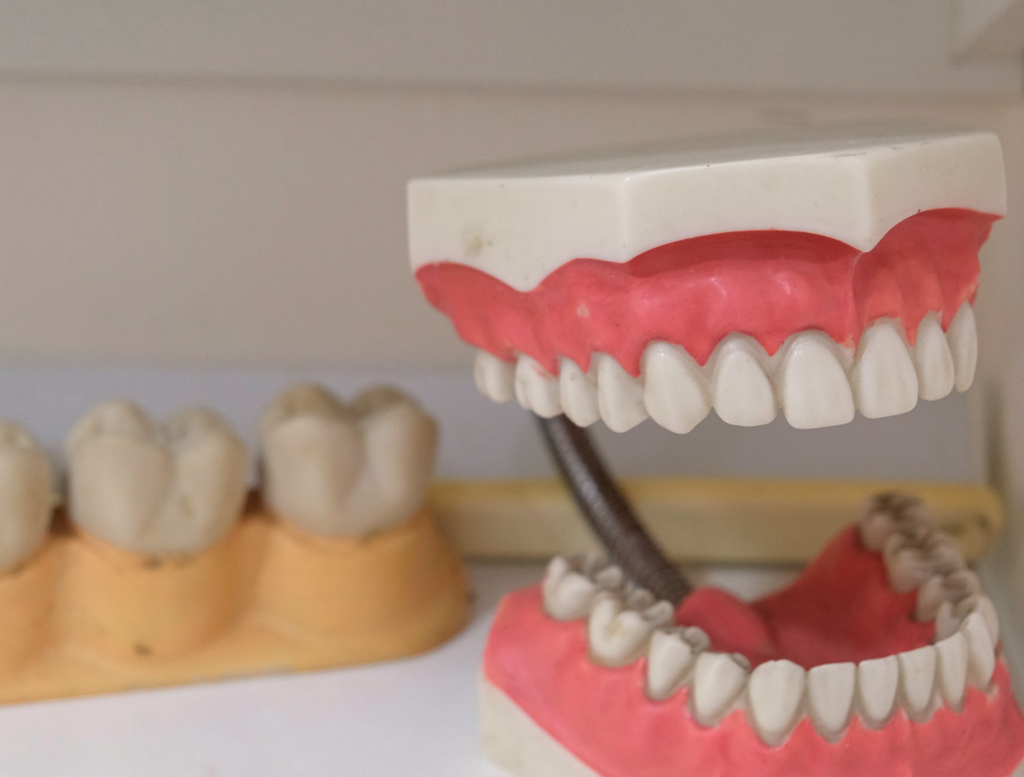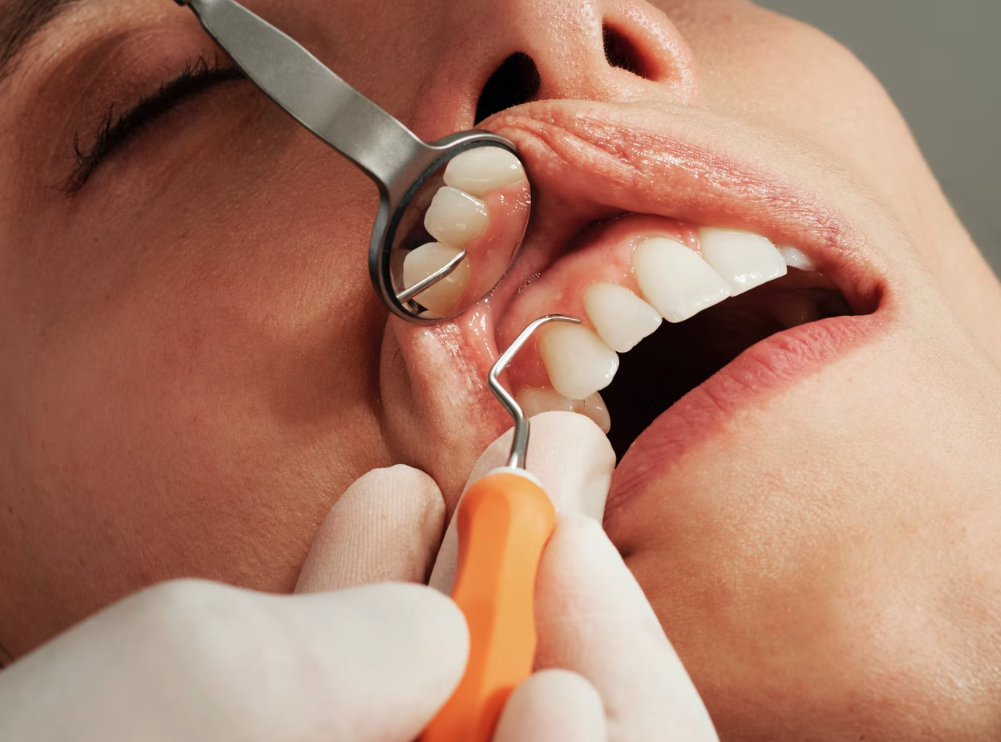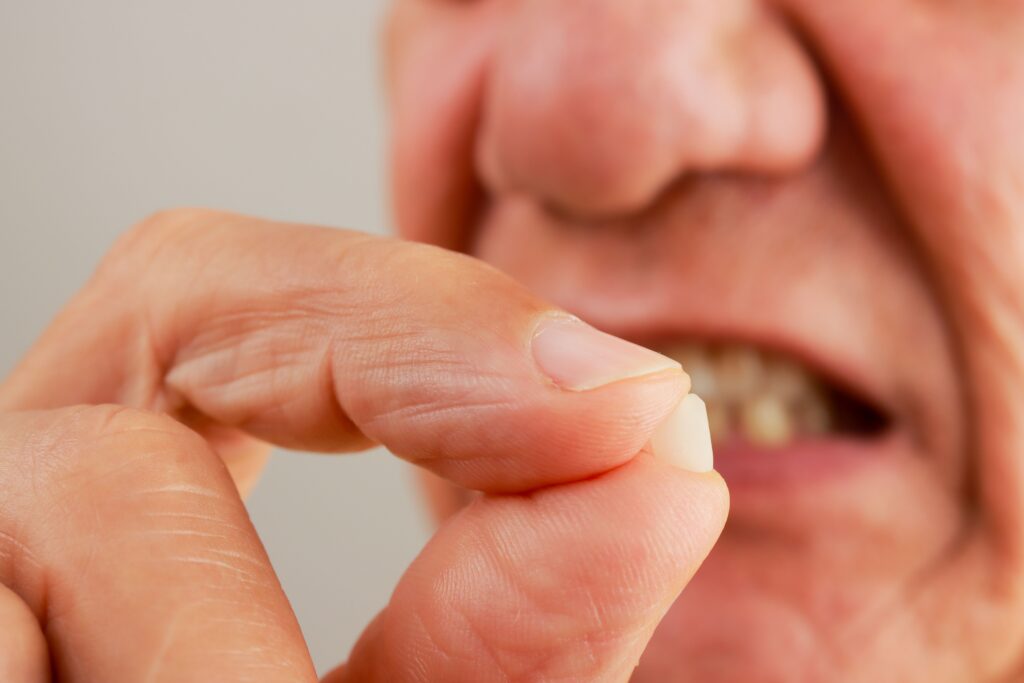Imagine you’re standing in the dental products aisle at your local Target or Walmart. You’re about to run out of floss at home, and you just want to pick some up. If you’re like most people, your first thought is probably something like this:
Why in the world are there so many types of dental floss?
Unfortunately, this can make it hard to know which product is the best. Being a dental practice, we have to tell you the truth: it doesn’t really matter a whole lot what type of floss you prefer, as long as you are actually flossing. However, that doesn’t really help you when you’re standing in the store, trying to decide between dozens of different types of dental floss.
In this series of blog posts, we’ll inform you about different types of dental products, so you can choose which dental product is right for you, starting with floss. With floss, it’s important to know that there a few different types of floss on the market. Choosing the one that’s right for you can make flossing pain-free and more effective.
Woven
There are two types of woven floss you may hear about. The first type of woven floss is generally made of cotton. With these flosses, you can clearly see the wrapped threads, especially since they are often different colors. Cotton woven floss can be very effective in cleaning plaque, and because of the material it’s made of, can also be gentler on your gums. The second type of woven floss consists of nylon filaments threaded together to form a single, larger thread.
In general, woven flosses are effective, but depending on the space between your teeth, the threads can come apart.
Monofilament
Monofilament floss is usually made of Teflon, and is a single thread. This means it is very durable and unable to fray like multifilament woven floss. Since Teflon has a slippery consistency, it is often much easier and more comfortable to fit between your teeth.
Waxed or unwaxed?
Wax helps the floss fit between your teeth more easily. Unwaxed floss squeaks, which is a benefit, because it tells you that it’s clean between your teeth. If you haven’t got a preference, try using both waxed and unwaxed floss to see which one works better and feels more comfortable for you.
Dental Tape
Dental tape is wider than the flosses described above. This is helpful if you have a wider gap in your teeth or dental fixtures like crowns, bridges, etc. If you have a hard time getting the dental tape in between your gums, consider changing to filament floss.
Floss Threaders
If you have braces, bridges, or permanent retainers, floss threaders are a must. Floss threaders have a rigid piece of string followed by a loop. You put your floss of choice in the loop, and guide the floss past your braces, bridges, or retainer. Then you can floss with the attached dental floss. This can take more time, but when braces or other fixtures are involved, flossing is even more vital in keeping your mouth healthy.
If you’ve read this far, you should know that there isn’t a “best” floss out there, only what works with each person’s needs and preferences. If you are unsure of what floss to use, ask your dental hygienist or dentist for advice on what may work best for you.


